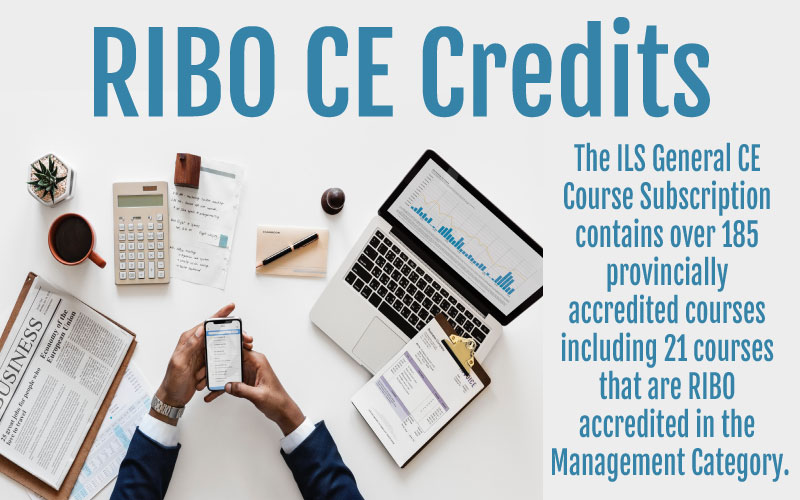How to Get a Course Accredited For Continuing Education
If you’ve ever wanted to offer a course on a specific topic, you might be wondering how to get a course accredited for continuing educational credit. There are two different ways to do this. One is to partner with an established university. The process is different for each, but the two can be helpful to the process of preparing a course for continuing education credit. Listed below are a few guidelines you should follow.
Courses must be free of endorsements, bias, marketing or sales orientation
To have your course approved for continuing education, the content must be free of endorsements, bias, marketing, or sales orientation. You must also include all required identifying information. This information can include the name of the provider, the course evaluation, and other relevant details. The provider must also maintain a current list of all approved courses. Once this list is updated, the provider must send a copy of the certificate to the student who has completed the course.
ACCME has adopted new Standards for Integrity and Independence in Continuing Education that will protect learners from commercial bias and marketing. Continuing education providers must ensure that they are free of commercial interests and bias by ensuring that all decisions are made independently and without influence from ineligible companies. Likewise, faculty members cannot actively promote their own products or services during the course of accredited education.
Courses must be able to track attendance during live classes
If a course intends to get accredited for continuing education, it needs to have the capability to track attendance during live classes. Continuing education programs often include live training events that require instructor-student interaction. If the course is not able to track attendance during live classes, it may be disqualified. To ensure quality, it should be possible to integrate an LMS with the course to track attendance during live classes.
The provider of the course must develop the course. This can be a college or university. New programs must include supporting documents, such as dated proposals, and a printout of the program brochure listing the presenter. However, if the course is provided through an institution, the course will require an application form to prove the legitimacy of the course. Courses that offer online courses must be accredited by NAMSS.
Courses must be able to track results
One of the first steps to getting your courses accredited for continuing education is to create a record of each course. A record of each course should have a Course Access Code that verifies the attendance of each person who earns a CE. The Course Access Code is generally found toward the end of the course content. It can be obtained from the course provider or generated randomly. If the course is not computer-generated, the person earning the CE must provide the code to the organization or person receiving the CE.
A course must be able to track results in order to get accredited for continuing education. Continuing education credit will only be awarded for the major version of the course, not minor versions. The course must be able to track results in order to get accredited. It must also be an updated course. This course must be relevant to the current certification. It is necessary to be able to track results so that it can prove the course’s relevance.



